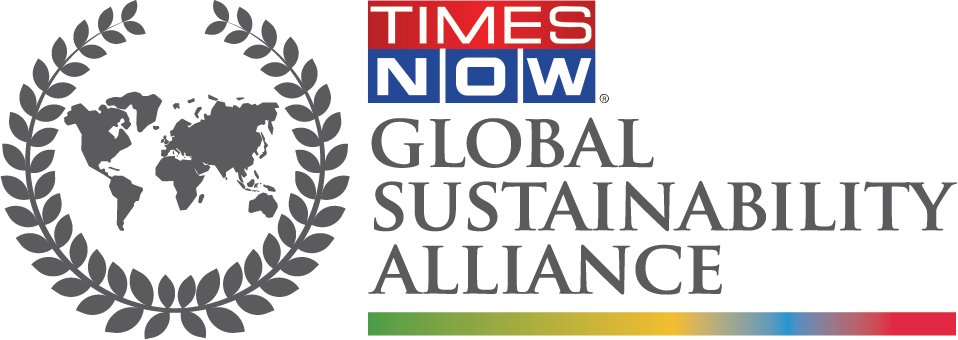We can opt for clothes that are made in countries with stricter environmental regulations for manufacturing. We can choose natural and organic fibres that are produced without the use of harmful chemicals. Our choices need to be for more sustainable brands to enable the #NetZeroShift.
All in all, these are exciting times for the fashion industry. The fashion revolution is well underway, and every day we see new pioneers being born. Before you know it, sustainable fashion will no longer be just a trend but the new normal. Brands that distinguish themselves as ‘responsible’ and ‘sustainable’ will most likely gain the larger share of the millennial consumer’s wallet.
At the same time stakeholders need to actively engineer the conditions for strong ventures to emerge and succeed in order to future-proof a sustainable business model for the fashion industry. This includes addressing a financing opportunity of $20 billion to $30 billion per year until 2030. At the moment though, the funds that are being raised are a mere fraction of what is actually needed given the size and scope of the fashion sector. 2021 is likely to see fashion recovering from the aftermath of the pandemic, but more than ever the focus on a green recovery is likely to be paramount. However, to manage the transition towards a circular and low carbon based business model, vast sums of money are needed. These are now being enabled through sustainable finance.
